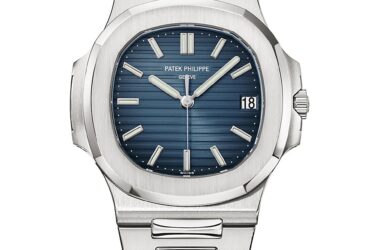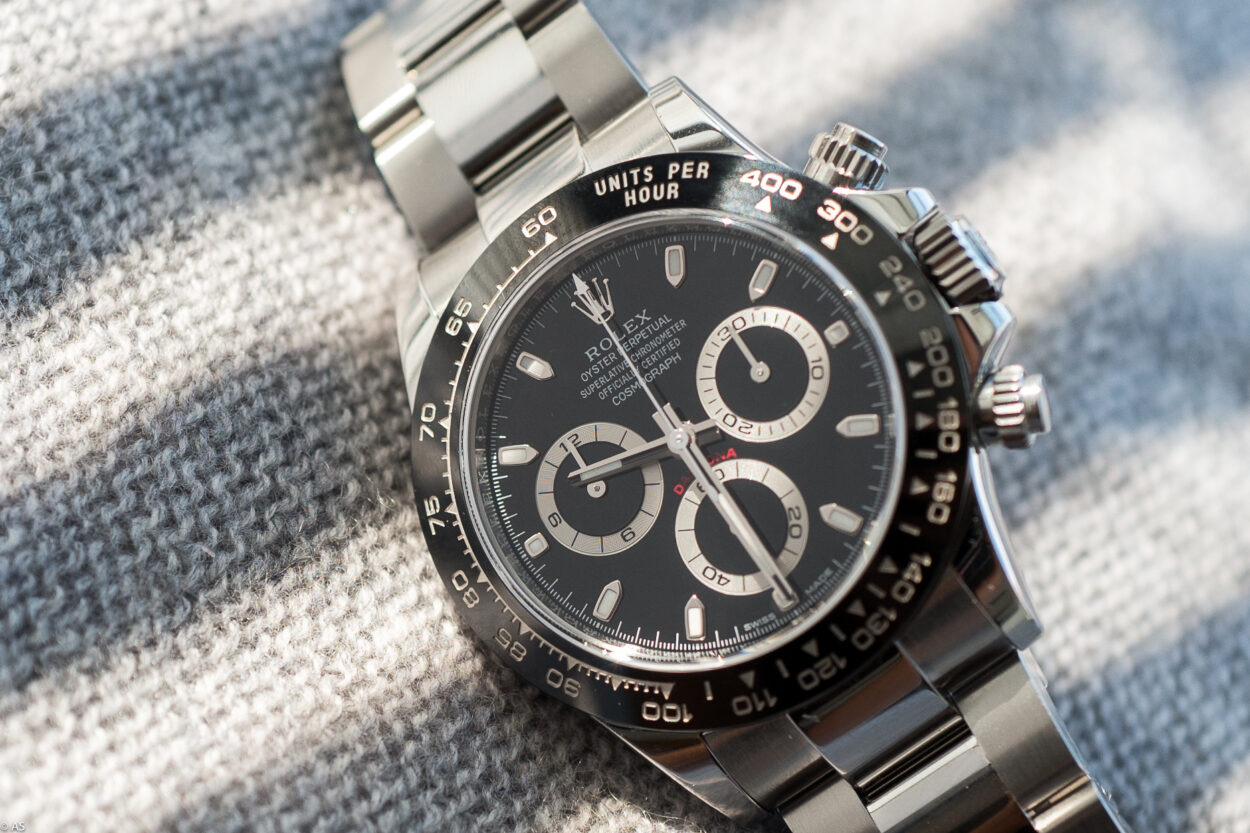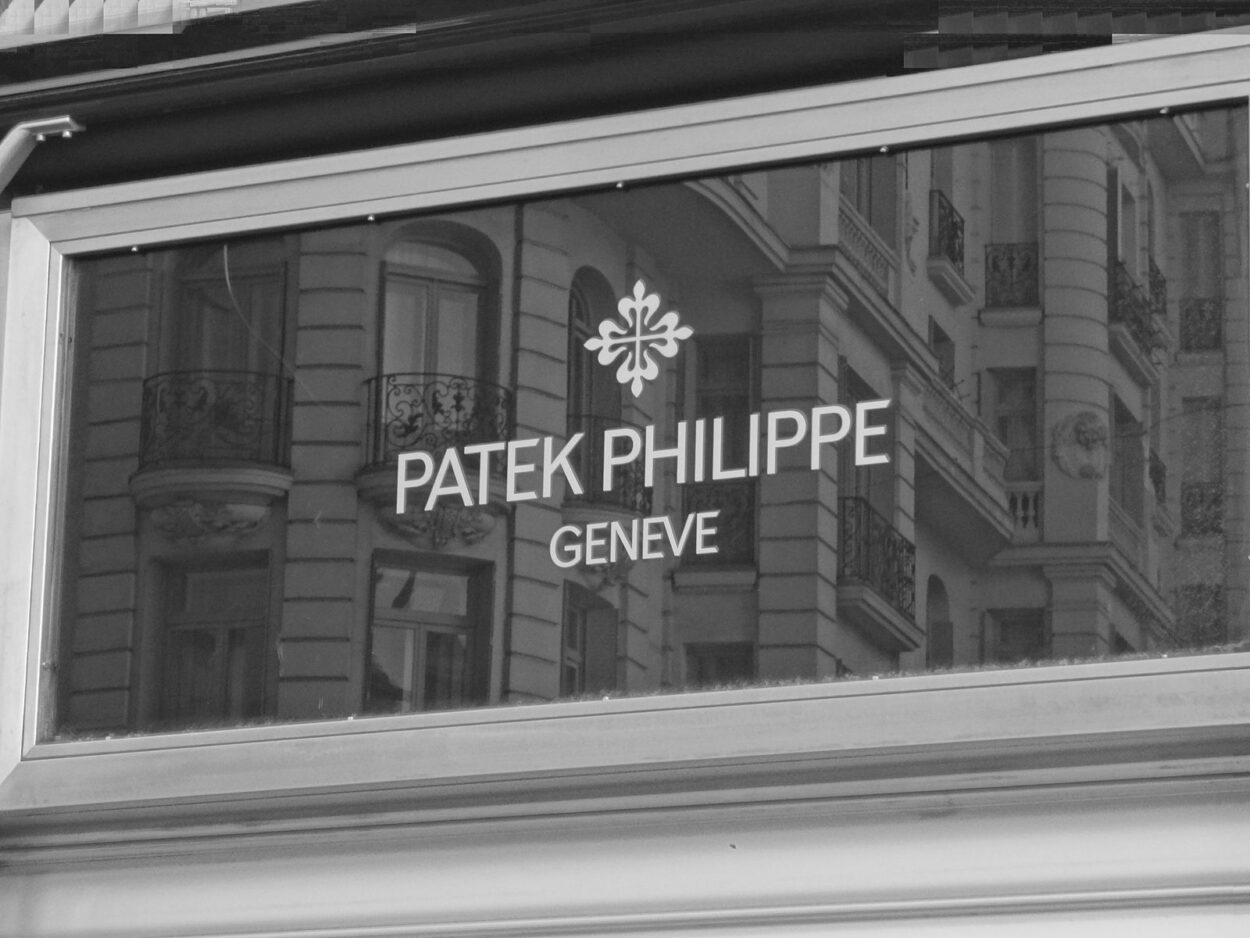Over the past year or so there has been one watch on everyone’s lips. Even those from outside the community will know about the recent hype of the Patek Philippe Nautilus, the 5711.
Since 2016 the Nautilus’ value and status have risen two-fold. Despite trading very near to the retail price in 2016, it had reached, at one point in 2019, more than double its retail of £27,780.
In certain cases, these watches were trading at £70,000 and sometimes beyond. But what makes a watch, regardless of the history and name, so desirable? The simple answer is supply and demand, that’s the crux of the matter.
But ensuring scarcity to expect demand isn’t always the answer. In the case of the Nautilus, it certainly is one of the factors, but there are other ingredients to this successful recipe. So how has Patek Philippe created the demand that has led to a two-times-retail price tag for these watches on the secondary market?
There are five key layers to the success story of the Patek Philippe Nautilus 5711.
History and provenance of the brand
The first contributing factor to the hike in the price of the Nautilus is undoubtedly the history of the brand itself.
Patek Philippe is one of the holy-trinity brands, it’s often considered the most luxurious watch brand. It has also become synonymous with wealth, opulence and luxury.
Even since its inception in 1839, PP has proved itself as the chief brand in the watch industry. They were the brand that made the first Swiss wristwatch in 1868. They have since become synonymous with royalty, opulence and wealth.
In the 1970’s the quartz crisis threatened the Swiss watchmaking industry, until someone by the name of Gerald Genta, designed the Nautilus for Patek Philippe, the ref. 3700/1, in 1976.
This model has become their flagship model; the brand proved once again its ability to dominate and defend its status within the industry. Not only did they make some of the best timepieces, but they also helped to save the Swiss watch industry. It’s safe to say, therefore, that the history behind the Nautilus adds to its desirability.
Aesthetics
The next two elements are often overlooked but for a watch to become desirable, they are very indispensable. These elements are aesthetics and quality. The Patek Philippe Nautilus would certainly be nothing without the build quality that it boasts. Retail prices in the watch industry are, more often than not, perfect representations of the craftsmanship behind the watch.
Build Quality
The Nautilus is certainly no exception. This is a timepiece that is revered by many watch enthusiasts, and justifiably so. If you’re ever lucky enough to wear one you’ll understand immediately how well-executed it truly is, and just how versatile it can be. The build quality and finishing are exceptional, and the aesthetics are the icing on the cake.
Scarcity
The next key ingredient in the Patek Philippe Nautilus recipe of demand is scarcity; the supply side, of the supply and demand equation.
Although Patek Philippe doesn’t publicly release their production quantities, it is estimated that it produces, per year, around 50,000-70,000 timepieces.
Therefore, no model is made in a high quantity. To put this into context, Rolex produces nearer the 800,000 per year mark.
Have you ever wondered why there are never any at your local AD, just sitting in the window waiting to be purchased? Well, it’s a deliberate, and clever, tactic from Patek Philippe.
Rolex does the same. Scarcity creates hype. You want what you can’t have. Quite simply, the two brands which hold, and often go up in value the most are Rolex and Patek Philippe, largely due to the brands withholding the stock to increase the demand.
Instead, you’ll have to build up a relationship with an Authorised Dealer and purchase other watches before being given the chance to buy a Patek Philippe Nautilus. Even then, you’ll be quite lucky to get one. So, the desirability is somewhat controlled by Patek Philippe and that’s definitely an important factor. However, that doesn’t automatically lead to high levels of demand.
Pop Culture
The other theory behind the Patek Philippe Nautilus, whether you agree or not, is pop culture. Many big names within the industry and outside of the industry have been seen sporting the Nautilus, expanding the reach and impact of the model far beyond the watch community.
Musicians and actors have been seen sporting the model, and the watch has been popularised by these famous faces. Even the younger generation is opening their eyes to the world of the Nautilus, and more importantly the world of watches.
Products seen sported by celebrities are destined to become part of pop culture. It’s not a deliberate tactic from Patek Philippe but it’s one which has certainly had a positive effect on the desirability of the model.
The rise in popularity amongst key figures has certainly tipped the Nautilus over the edge when we talk about hype. It has gone from a very popular watch, to arguably the most revered and talked about timepiece of the last decade.
In Conclusion
However, pop culture alone cannot create such demand as we’ve seen with the 5711. Behind the hype, the Nautilus is an incredible watch. It’s versatile, built to the highest quality and boasts the brand history alongside it.
Put simply, yes, the Nautilus is somewhat overhyped but at the core of the matter, this is one of the best watches ever made. It deserves the attention it gets and will continue to get for years to come. If you’re ever lucky enough to hold, wear or own one, you’ll know exactly what I mean.
(Featured Image Reference: “Patek-Philippe-Nautilus-5711-1A-010-1” by Patek Philippe SA is licensed under CC BY-SA 4.0.)




